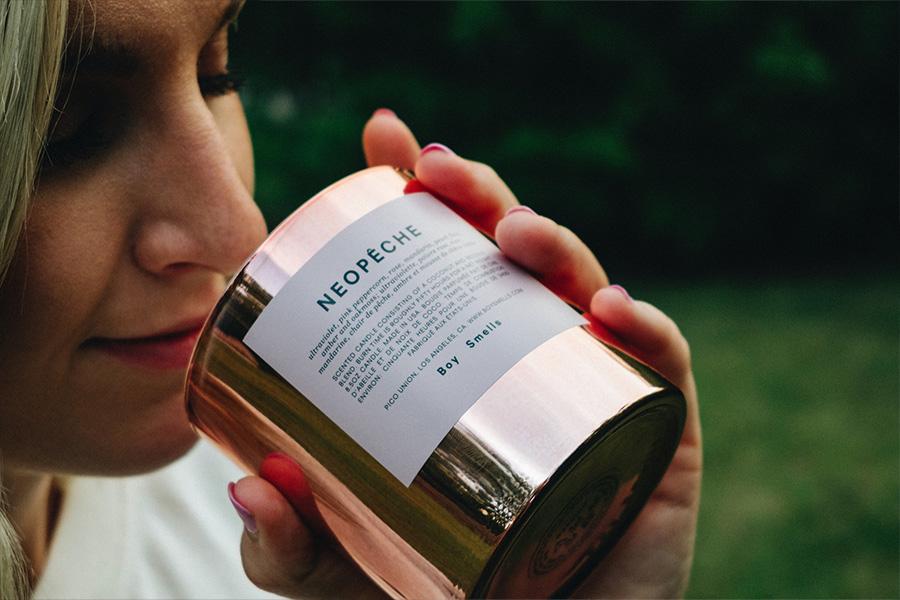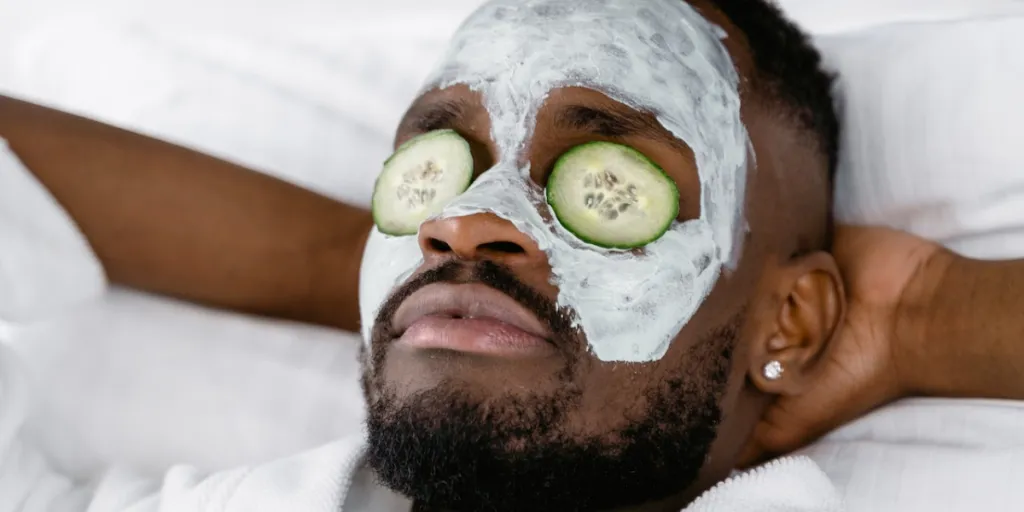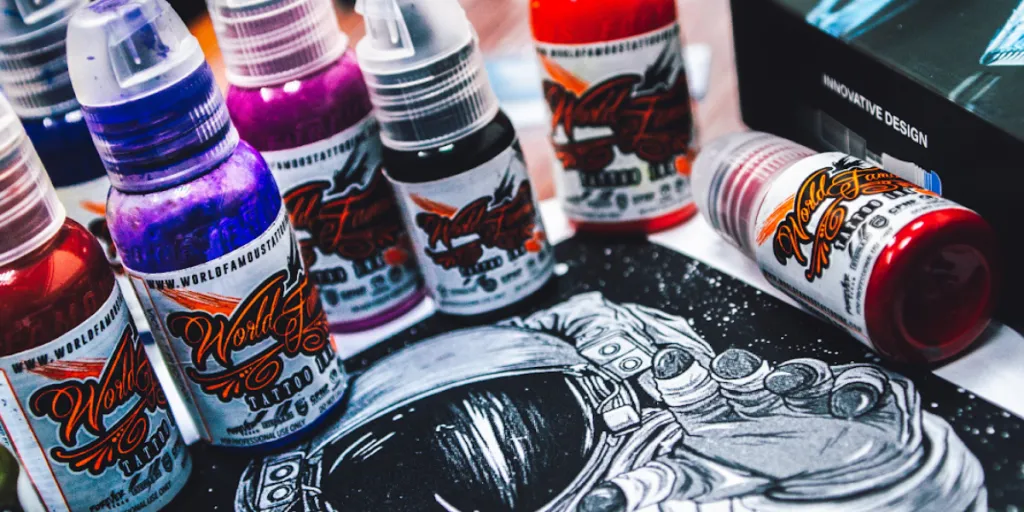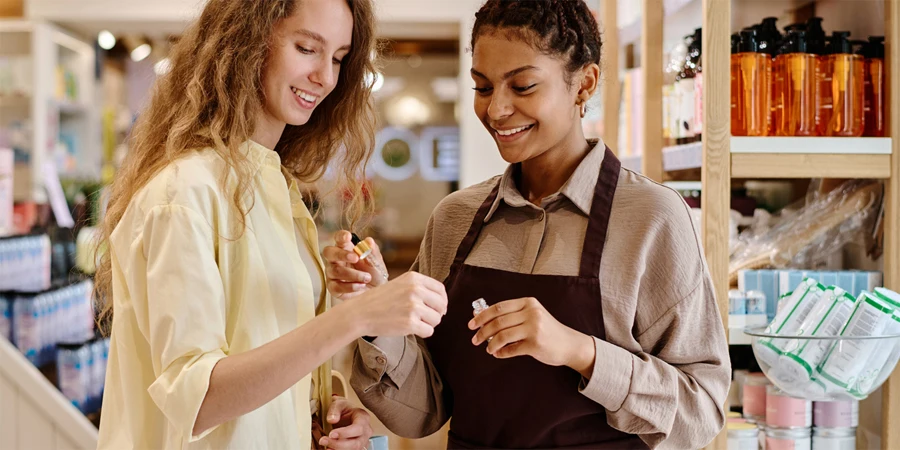As health concerns and in-person restrictions are beginning to ease, the demand for fine fragrances has gradually risen.
People are starting to wear perfume everyday once more, and the market is projected to grow to a compound annual growth rate (CAGR) of 5.5% between 2022 and 2027. As workers begin to leave their homes and return to the office, demand for fragrance products is expected to increase.
Consumers will keep their new health-minded habits and pay more attention to the ingredients in their products. Sustainability will be important, not only to attract customers who are concerned about being environmentally conscious. Using sustainable ingredients and practices will help your business deal with problems caused by ingredient shortages and shipping delays.
With this in mind, here are five new trends you should expect to see in the fine fragrances market.
Table of Contents
5 new trends shaping the future of fine fragrances
Conclusion
5 new trends shaping the future of fine fragrances
A new appreciation for smell

When health concerns were rising around the world, many people who became sick lost their sense of taste and smell. As a result, consumers began to associate smell with health as they saw the effects of smell loss on overall well-being.
New products are being formulated to help consumers learn more about scent and its importance as a bodily function. Brands can capitalize on this new interest by selling perfumes with natural scents. This coconut fragrance, for example, will invoke an appreciation for nature.
Demand for products like smell training kits, created to help perfumers detect subtle scents in perfumes, has also risen. These kits are used to help those suffering from a loss of smell by providing daily smell training.
Brands that can adapt to the new interests and applications of scent while still providing these healthful products will be successful. Be sure to tailor the product to the audience. Established fragrance consumers will still look for quality fragrances while newer customers will want samples to find their scent.
A desire for storytelling

Certain groups are moving away from mass-produced fragrances and are choosing to support small, POC-owned businesses that have a focus on culture. The items that do well in these instances often pay attention to community preferences, such as the preference for portable fragrances within the Chinese market.
Consumers will want to use scent to tell their personal stories, as well as support their identities. This should be reflected not only in the scent but also in the packaging. As a result, interesting bottle shapes will be popular with consumers.
Consumers are also interested in using perfumes and scents to tell their own stories, and they’ll be interested in layering and mixing scents on their own. These consumers will be interested in any kits that allow them to make or customize their own scents.
Combining scent and wellness

Air quality and air purification were big concerns during the health crisis. Even now that health restrictions are easing, consumers are still very concerned about indoor air quality. Indoor air quality can be affected by many things ranging from environmental pollutants tracked in by shoes to excessive moisture in the house.
Working from home has increased the desire for good indoor air quality, and brands are combining scent and air purification into one product. Products like fragrance diffusers that provide fine fragrance and overall wellness throughout the day are also seeing a steep increase in demand. Scents are tailored to specific mood enhancements, including energy, relaxation, and sleep.
Using fragrance in digital spaces

Social media has become one of the biggest drivers of fine fragrance sales, as consumers are using platforms like Instagram and TikTok to share recommendations and find new products. Brands have responded by taking more of an interest in digital and metaverse spaces. Fine fragrance products include access to digital spaces and experiences through NFC chips and QR codes.
Some products include tech in the products themselves that users can interact with using their phones. Inevitably, the internet is affecting perfume and home fragrance — brands are now creating products and experiences based on what consumers imagine digital spaces would “smell” like.
Looking for sustainable options

As with most beauty products in the current atmosphere, sustainability will be a sought-after selling point. Consumers don’t want to go without, but they do want to shop and consume more responsibly. Any products that help them do that will be highly desired.
Fragrance products are looking into using white biotech as a sustainability method. “White biotech” is a synthetic process that aims to use microorganisms to create ingredients with an incredibly low carbon footprint — this will become a common practice in the clean fragrance industry. This process has helped brands create ingredients that can’t be acquired due to supply chain issues.
In addition to ingredients, scent brands will of course look into improving sustainable packaging. Brands that want to remain relevant will need to create campaigns that are transparent and honest with consumers about their environmental response.
Conclusion
Now that health concerns and physical restrictions are easing, brands can expect to see demand for fine fragrances returning. The fragrance market will see new consumers who are health-conscious and interested in using scent for wellness.
The global fragrance market will see many changes, from digital influence to a new focus on sustainability. Successful brands must be ready and willing to adapt to the new landscape.








